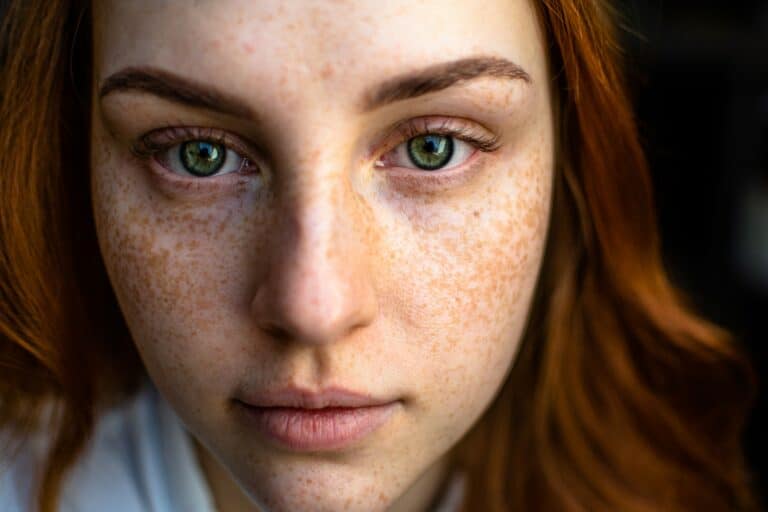The relationship between chocolate and acne has long been a topic of debate. Some people firmly believe that indulging in a chocolate bar or eating too much chocolate will result in unwanted breakouts, while others argue that the idea is nothing more than a myth. In this article, we will delve into the scientific evidence behind the connection between chocolate and acne and explore the true effects of cocoa and chocolate on the skin.
The Link Between Chocolate and Acne
One of the main theories behind the chocolate and acne connection is that chocolate consumption increases sebum production along with dead skin cells, leading to clogged pores and acne breakouts. Sebum is an oily substance produced by the skin that can contribute to the formation of acne lesions. Additionally, it has been suggested that the refined sugars found in chocolate can lead to an increase in acne-causing bacteria on the skin.

Scientific Studies and Findings
Numerous studies have been conducted to investigate the potential link between chocolate and acne. One study published in the Journal of the American Academy of Dermatology examined the effects of chocolate on acne-prone individuals. The researchers divided the participants into two groups – one group consumed a chocolate bar daily, while the other group abstained from chocolate consumption. After four weeks, there was no significant difference in acne lesion counts between the two groups.
Another study published in the International Journal of Dermatology focused on the effects of cocoa on acne symptoms. The study found that cocoa powder did not contribute to acne vulgaris in healthy individuals. These findings suggest that pure chocolate or cocoa, in moderation, may not be a direct cause of acne breakouts.
The Role of Diet
While chocolate itself may not be a direct cause of acne, it is important to consider the overall diet when it comes to skin health. Consuming excessive amounts of sugary foods, not just chocolate, can potentially contribute to acne in some individuals. A healthy diet that consists of balanced nutrients and avoids excessive refined grains and added sugars is essential for maintaining clear skin.

The Glycemic Index and Acne
The glycemic index (GI) is a measure of how quickly a particular food item raises blood sugar levels. Some evidence suggests that high GI foods like ice cream consumption can worsen acne symptoms. Dark chocolate, which typically has a lower GI compared to milk chocolate or sugary sweets like jelly beans, may be a better option for those concerned about their acne-prone skin. Dark chocolate contains antioxidants and anti-inflammatory properties, which can be beneficial for overall skin health.
While the idea that eating chocolate causes acne breakouts may be a popular myth, scientific research suggests that the relationship between chocolate and acne is not as straightforward as it may seem. Moderation is key, and indulging in dark chocolate, rather than sugary milk chocolate or white chocolate, may have positive effects on the skin. It is also important to consider overall diet and lifestyle factors when treating acne. Future studies should continue to explore the relationship between diet and acne, using more rigorous research methodologies, such as placebo-controlled double-blind studies, to provide definitive answers.
